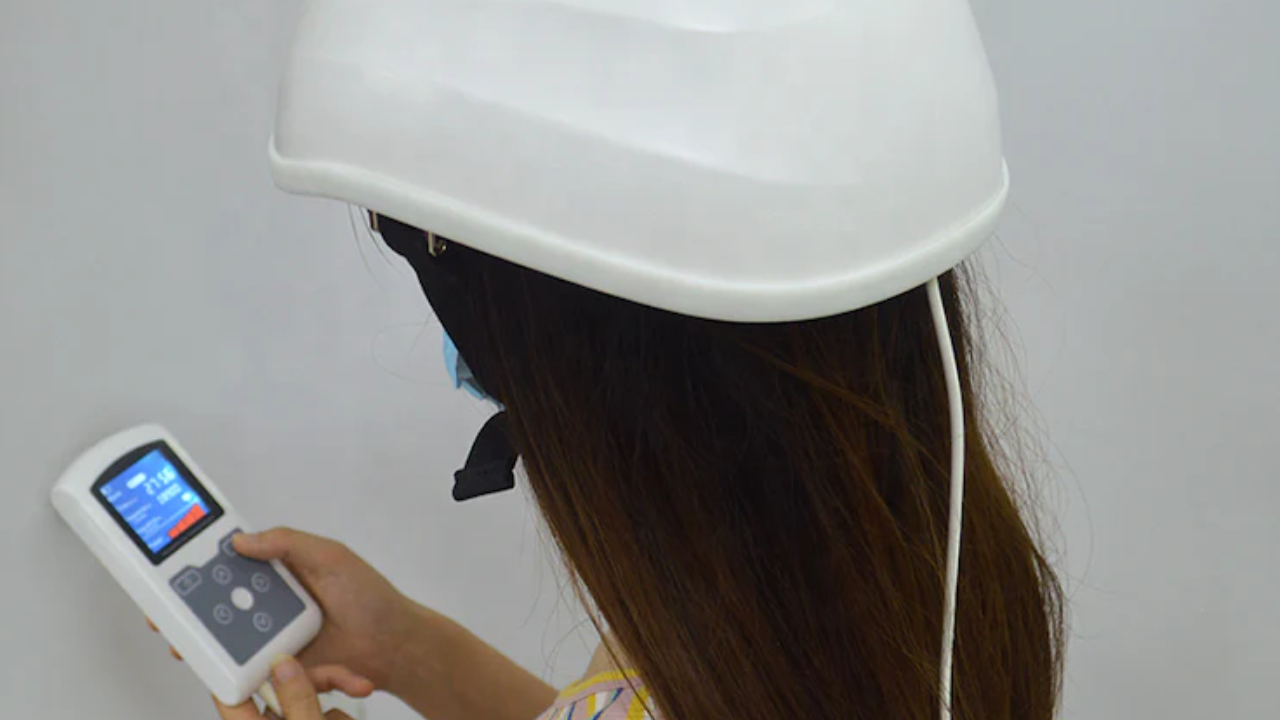Red light therapy has become a compelling solution with a range of potential advantages in a world where technological progress and holistic well-being collide. The red light helmet is a unique instrument that is intended to harness the power of particular light wavelengths among the various technologies found in this therapeutic landscape.
Understanding the basic tenets of red light therapy is essential before diving into the specifics of red light helmets. Low-intensity red and near-infrared light are applied to the body as a red light helmet, also known as photobiomodulation or low-level laser therapy (LLLT). These particular wavelengths have proven to be able to pass through the skin and interact with cells, especially the mitochondria, which are the energy-producing units of cells.
When And How Long Should Wear A Red Light Helmet?
Depending on the particular device being used and its intended therapeutic function, different red light therapy sessions should have different recommended frequencies and durations. Usually, users proceed according to the manufacturer’s instructions, beginning with shorter periods and progressively boosting exposure. Consulting a healthcare provider or adhering to the guidelines that come with the red light helmet is advised.
The Purpose of Red Light Helmets
One particular use of this treatment is red light therapy, which is often applied to the brain and head using red or near-infrared light helmets. The following are some possible uses or goals for red-light helmets:
Hair Regrowth:
The field of hair regrowth is one where red light helmets are frequently used. Red light therapy has been shown in trials to stimulate hair follicles, improve blood flow to the scalp, and promote hair growth, especially in those with androgenetic alopecia or other types of hair loss. For those looking to treat hair-related issues, red light helmets, which are fitted with diodes that produce specific wavelengths, provide a practical and non-invasive option.
Brain Health and Cognitive Function:
There is a growing body of research investigating the effects of red light treatment on brain health. Early research indicates that red and near-infrared light exposure may have neuroprotective effects on the brain, which may be advantageous for those with moderate cognitive impairment or Alzheimer’s disease, among other illnesses. The goal of red light helmets intended for cerebral application is to maximize the therapeutic potential of light for improving cognition and protecting neurons.
Mood Enhancement and Mental Health:
Circadian rhythms and mood are greatly influenced by light. Red light treatment presents itself as a potential ally in mental health due to its capacity to modify hormones and neurotransmitters, such as melatonin and serotonin. Red light helmets are being researched for their potential to reduce anxiety and depressive symptoms, providing a non-pharmaceutical method of promoting mental health.
Skin Rejuvenation:
Red light therapy has been used in dermatology and aesthetics as a result of the desire for youthful, glowing skin. Red light helps to rejuvenate skin by promoting the creation of collagen and reducing wrinkles. Red light helmets with adjustable settings allow users to focus on particular facial areas, providing a non-invasive option for skin improvement.
Pain Management and Inflammation Reduction:
People with musculoskeletal problems or arthritis face a great deal of difficulties in managing their chronic pain and inflammation. The anti-inflammatory qualities of red light therapy make it a desirable choice for pain relief. Red light helmets, which are intended for focused application, reduce inflammation and encourage the body’s healing mechanisms to offer localized relief.
Wound Healing:
Red light therapy can promote wound healing. Studies suggest that exposure to red and near-infrared light can expedite the healing of wounds by facilitating cellular regeneration and reducing inflammation. With their targeted and accurate application, red light helmets can play a significant role in promoting the healing process for wounds from surgery and other skin-related trauma.
Final Thought
Red light therapy, a non-invasive treatment investigating possible advantages like hair growth, neurological improvement, mood modulation, pain management, wound healing, and anti-inflammatory effects, is what red light helmets are made for. Although encouraging, further study is necessary, and because of changing legal requirements and growing scientific knowledge, consumers should consult a specialist or adhere to manufacturer recommendations.
